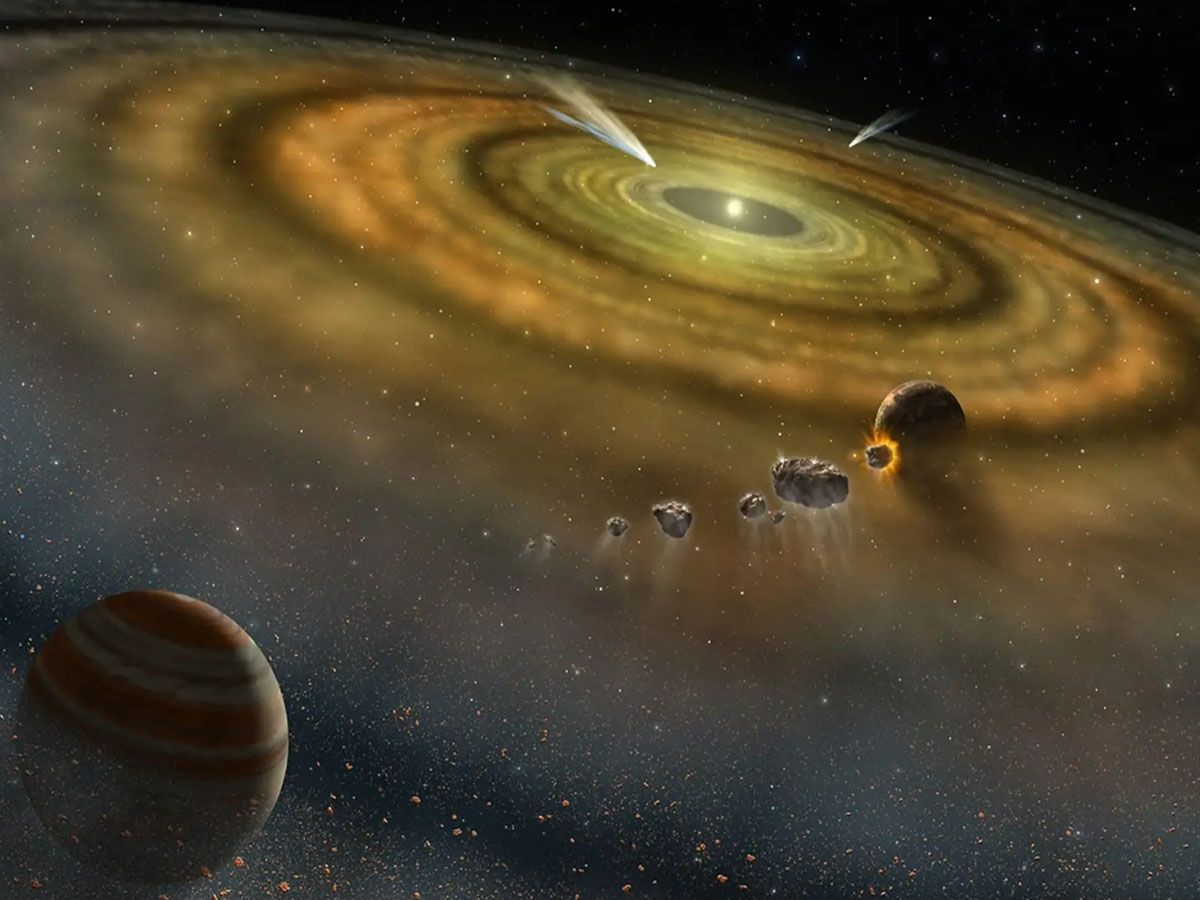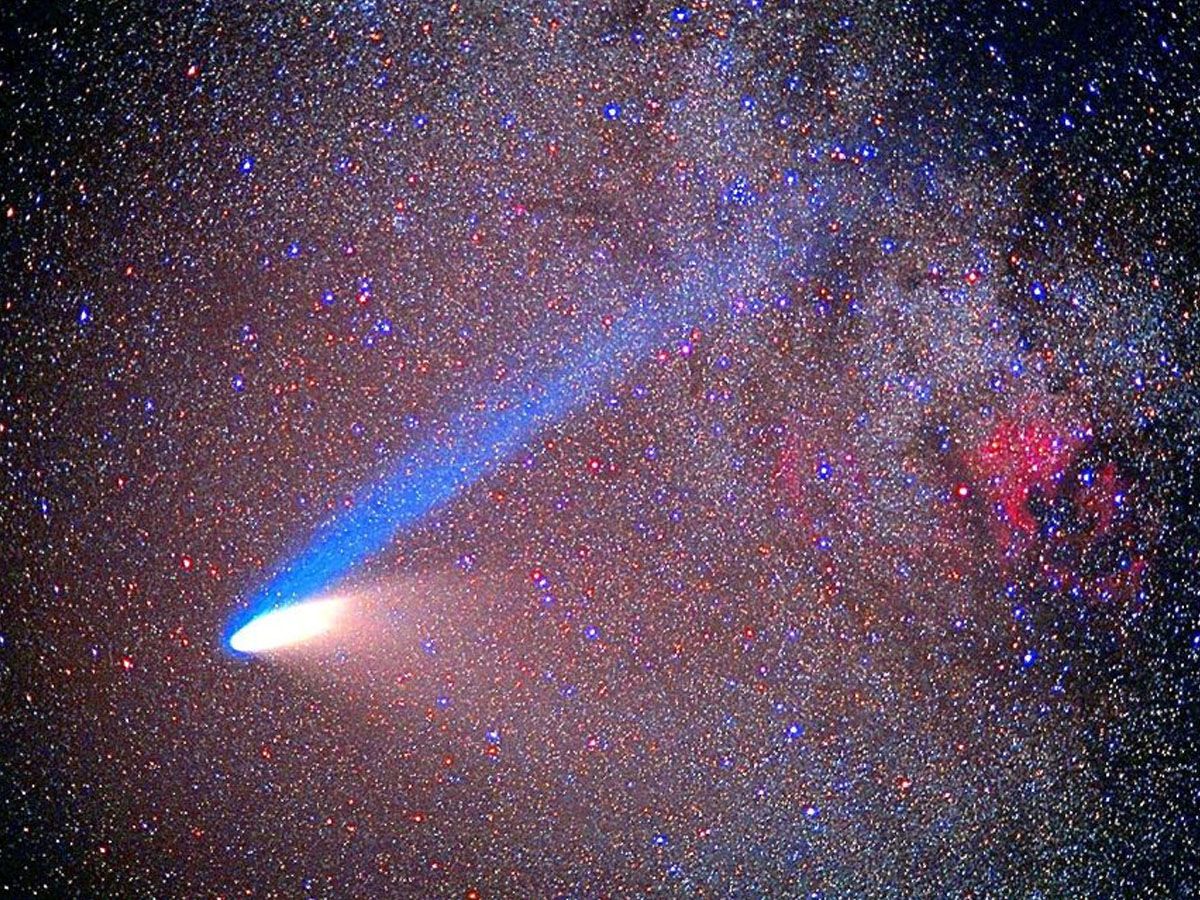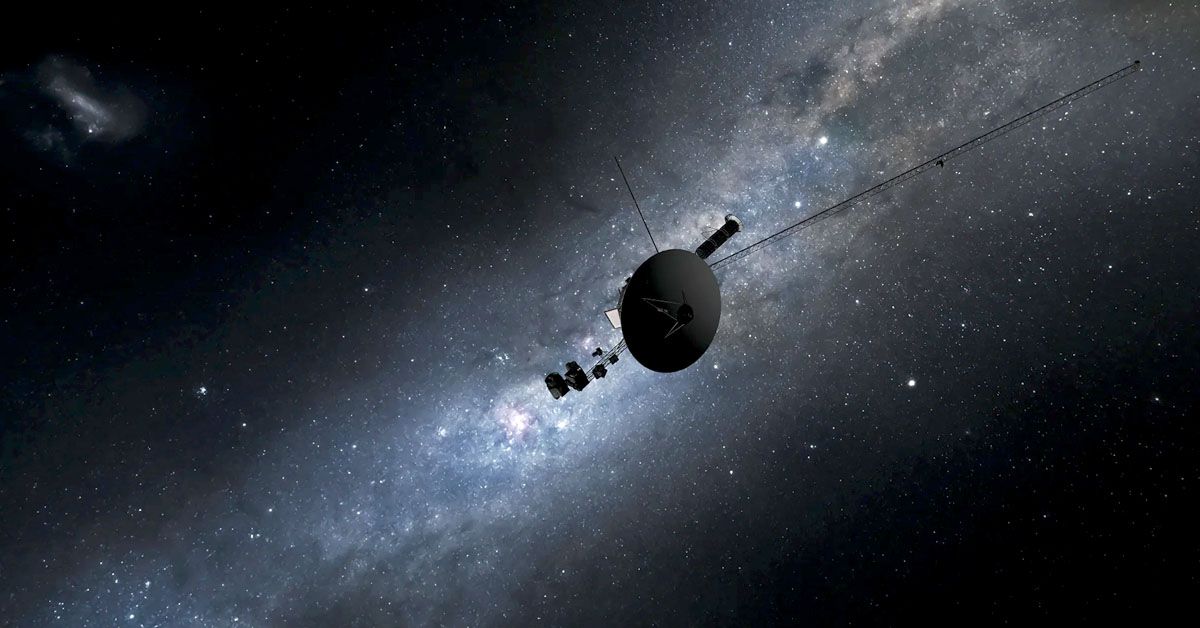Perched at the farthest limits of our solar system, well past the comfort of our known planetary neighbors and the frosty realm of Neptune, lies a cosmic mystery that has held the attention of astronomers over the years. The Oort Cloud, an enormous globe-like cluster of celestial curiosities, signifies the outermost boundary of our solar system. In this distant cosmic arena, countless icy entities perform a languid waltz around our sun, held captive by its gravitational pull, even from their far-off galactic station.
Our understanding of the universe has been expanded by peering into this distant frontier, but the Oort Cloud remains largely a mystery. It is, in essence, a cosmic treasure trove, with every icy body and comet telling a story of our solar system's vibrant past. And yet, its tremendous distance from Earth makes it a daunting challenge for researchers to explore and understand.
What is the Oort Cloud?
Nestled in the solar system's outermost regions, the Oort Cloud is a theoretical shell of predominantly icy planetesimals believed to envelop the sun. While it remains elusive to direct observation, its existence, first proposed by Ernst Öpik in 1932 and then revived by Jan Oort in 1950, is widely accepted among the scientific community.

The Oort Cloud is more than just a collection of icy bodies; it signifies the boundary where the sun's gravitational pull starts to wane, giving way to the vast expanse of interstellar space. This makes it an essential cosmological boundary, a frontier marking the edge of our solar system. Interestingly, the Oort Cloud is not alone.
The Oort Cloud coexists in the outer stretches of the solar system alongside the Kuiper Belt and the Scattered Disc, both of which serve as additional storages for bodies situated beyond Neptune. Differing from its neighbors, the Kuiper Belt and Scattered Disc, characterized by their high concentration of objects moving in a common planetary plane, the Oort Cloud distinguishes itself by being an enormous spherical cloak, wrapping around the full expanse of our solar system.
Scale and Distance
Oort Cloud's size defies understanding, stretching between 2,000-5,000 Astronomical Units (AU) from our sun and reaching an astounding 100,000 to 200,000 Astronomical Units away. Astronomers use Astronomical Unit (AU) to bring its size closer, a convenient measurement representing Earth-Sun mean distance which roughly corresponds to 93 Million Miles or 150 Million Kilometers.
To help visualize this, let's take Pluto, one of the farthest known members of our cosmic family. Its orbit around the sun fluctuates between approximately 30 and 50 AU. The Kuiper Belt, another collection of celestial objects on the outskirts of our solar system, extends from about 30 to 55 AU.
In contrast, the Oort Cloud's inner boundary is believed to begin much farther out, between 2,000 and 5,000 AU from the sun. To fathom this vast expanse, consider Voyager 1, the fastest spacecraft we've ever launched. Traveling at a staggering one million miles per day, it would require roughly 300 years to reach the Oort Cloud and an incredible 30,000 years to cross it!
Composition and Formation
The Oort Cloud, an expansive cosmic reservoir teeming with frozen compounds like water, methane, ethane, carbon monoxide, hydrogen cyanide, and ammonia provides us with a glimpse into its early years. These celestial remains trace back to when our sun first emerged from its protoplanetary disk, an immense ring of dust and gas surrounding a newborn star.

The objects that we now associate with the Oort Cloud were likely born closer to the sun, solidifying from the material within the protoplanetary disk. Yet, they were propelled into wide-ranging, elliptical, or parabolic trajectories due to the gravitational nudges from the gas giants, such as Jupiter. This process of outward migration, combined with the gravitational pull from neighboring stars and the broader galactic tides, played a pivotal role in sculpting the Oort Cloud as we comprehend it today.
Intriguingly, the formation of the Oort Cloud aligns with the hypothesis that our solar system wasn't born in isolation. Instead, it likely formed as part of an embedded cluster of stars. This suggests that some objects in the Oort Cloud may have originated from the exchange of materials between the sun and its sibling stars, providing a fascinating insight into our cosmic neighborhood's early days.
The Origin of Comets - A Tale of Two Reservoirs
In the grand theater of the cosmos, comets twirl in a choreographed spectacle. Their birthplaces fall into two primary divisions: those that return in under 200 years, the short-period comets, and their long-period counterparts, taking an extended time to complete their celestial waltz. The former group hails from the nearby Kuiper Belt, while the latter, embarking on orbits that span thousands or even millions of years, are thought to come from the distant outpost of the Oort Cloud.

Halley-family comets, named for their most famous member, Halley's Comet, are a particular group of short-period comets. These icy bodies possess orbits shaped more like elongated ovals, a clue that suggests they were once long-period comets from the Oort Cloud, only to be drawn into the inner solar system by the gravitational influence of the gas giants.
A Closer Look at Oort Cloud Objects
Notable residents of the Oort Cloud, such as comets Hale-Bopp, Halley, and the mysterious dwarf planet Sedna, present intriguing case studies. These celestial bodies are like cosmic nomads, sometimes captured by the Sun's gravitational pull, sometimes flung out into interstellar space. Their movements, the capture and ejection processes, help us better understand the dynamics of our solar system.

Moreover, these objects offer a tangible connection to the early environment of Earth, potentially shedding light on the origins of water and organic molecules on our planet, the essential building blocks of life.
The Current State of Exploration
Exploring the Oort Cloud isn't as straightforward as one might hope. Its immense distance and the tiny size of its objects present significant challenges. Yet, we've made some progress. The Voyager 1 probe, for instance, has reached the heliopause, the outermost boundary of the Sun's solar wind, providing indirect information about the Oort Cloud's environment.

Future exploration will likely involve a closer study of comets, which may contain unaltered samples of the early solar system's composition. These ice-bound time capsules could provide invaluable insights into the early stages of planetary formation and the birth of our own world.
The Oort Cloud holds a special place in our understanding of the solar system. It's not just a remote outpost on the fringes of the Sun's gravitational dominance; it's a crucial piece of the puzzle that is our cosmic neighborhood. Its pivotal role in the origins of comets, our insights into planetary formation, and its potential for future research make the Oort Cloud a subject of enduring fascination. With every new discovery, we inch closer to a more profound understanding of our place in the cosmos.
Sources: nasa.gov / space.com / phys.org / space-facts.com













